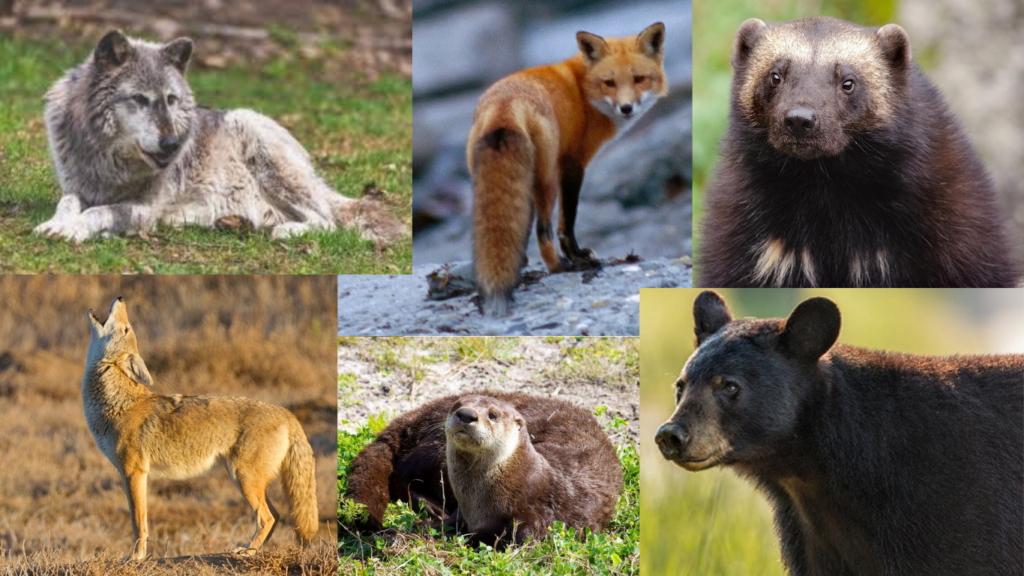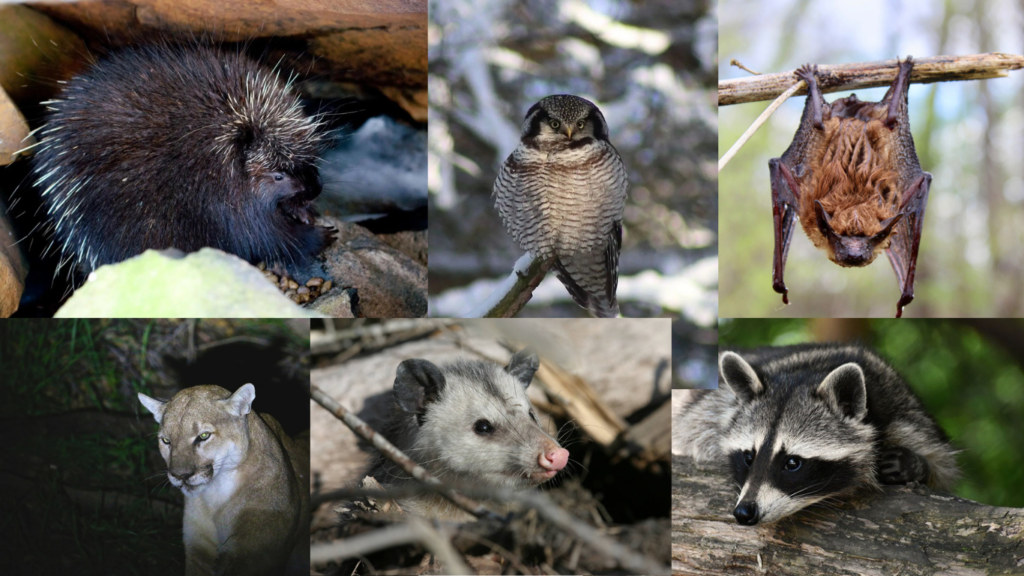When the tires hit the dirt and the trail opens wide, it’s easy to get lost in the thrill of off-roading. The roaring engine, the climb up a rock face, the splash through a muddy creek — it’s what we live for. But every off-road adventure cuts through a living ecosystem. And that means we’re not alone out there. It’s important to consider wildlife protection tips to minimize your impact on the environment.
Whether you’re bombing through the backcountry in a tricked-out Tacoma or crawling slowly through the desert in your Wrangler, how you treat the land matters — not just for access rights, but for the wild creatures that call those places home.Let’s talk about how to ride hard and tread lightly.
Table of contents
🦌 Why Wildlife Protection Tips Matters on the Trail
It’s not just about “being nice to animals.” Off-roading impacts habitats — and we’ve already lost access to countless trails because of poor stewardship.
But here’s the kicker: responsible 4×4 behavior doesn’t just protect wildlife — it protects our right to enjoy those trails.

Quick fact: According to the U.S. Forest Service, nearly 60% of off-road closures in national forests were tied to environmental degradation, including damage to wildlife habitats.
🚙 7 Trail-Tested Wildlife Protection Tips For The Wildlife While Off-Roading
1. Stay on Designated Trails:
This is rule #1 for a reason. Cutting your own path doesn’t just damage plants — it can destroy nesting sites, disrupt migration routes, or even lead to animal fatalities. Stick to mapped, marked trails to minimize your footprint.
Trail tip: Use the Gaia GPS or OnX Offroad app to stay on official routes — it’s good for navigation and conservation.
2. Avoid Night Rides in Sensitive Areas:
Many animals are nocturnal — and blasting through their habitat at night with LED pods blazing can disorient, frighten, or even injure them. Save the night wheeling for designated ORV parks, not ecologically sensitive areas.

Good practice: If you decide to go night wheeling, know the area that you are going in and get to know the wildlife and their spacific habitats.
3. Secure Your Trash (and Food):
Bears, coyotes, and raccoons have noses sharper than your trail instincts. Leftover food or even scented gear can lure them close to humans — and habituated animals often have to be euthanized.
What to do: Use bear-proof containers, pack out everything, and don’t bury trash (critters will dig it up)
4. Watch Your Speed in Open Areas:
Wide-open desert? High meadows? Slow it down. These areas may seem barren, but they’re often full of ground-nesting birds, reptiles, and small mammals. Flying through at 40 mph doesn’t just risk hitting something — it also kicks up dust that can harm plant life and visibility.
Note: If you are not in a cross-country off-road race, slow down and enjoy the ride.
5. Educate Your Crew:
The buddy who tosses beer cans or plows off-trail? Bring him up to speed. Make wildlife protection a core value of your off-road tribe — it builds a stronger, more respectful community.
Important: No one wants to see a bunch of trash or torn-up landscaping when out enjoying the outdoors.
6. Use Quiet Hours Wisely:
If you’re camping on the trail, respect the quiet hours. Wildlife is most active during dawn and dusk. Turn down the music, keep the lights low, and observe from a distance if you spot animals.
Side note: If you want to have a loud party, use designated campgrounds or stay home and party.
7. Tread Lightly & Follow Local Guidelines:
Familiarize yourself with Tread Lightly! principles and local agency rules. Some areas have seasonal closures for wildlife protection — like mule deer fawning zones or bald eagle nesting areas. Disregard them, and you’re risking fines — or worse, permanent closures.
Good practice: Get to know the area you plan on going to before you go so you and the wildlife can enjoy the environment together. There is always a land management, forest service, or a state agency that can provide you with the information you need to enjoy your off-road experiences.
🏕️ Bonus: How to Off-Road and Support Wildlife
Want to give back? Here are a few ways:
- Join a trail cleanup or habitat restoration day with local 4×4 clubs or agencies.
- Donate to wildlife foundations that focus on trail protection.
- Use social media to highlight responsible behavior — become an advocate, not just a rider.
Final Thoughts: Off-Road with Purpose
Off-roading isn’t just a sport — it’s a lifestyle rooted in freedom, grit, and respect for the land. But that freedom only lasts if we earn it, every single time we hit the trail.
Protecting wildlife doesn’t mean watering down your adventure. It means making sure that 10 years from now, you can bring your kid to that same mountain pass — and see a herd of elk standing there, just like you did today.

Ride hard. Respect the wild. Keep the trails open.